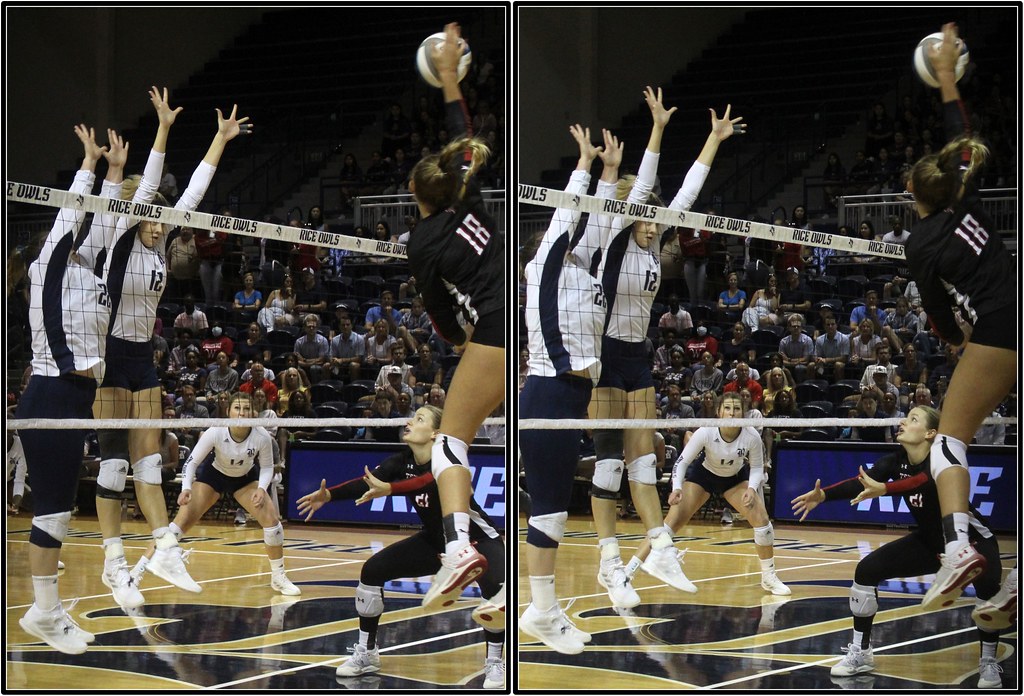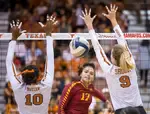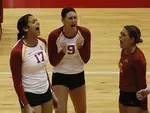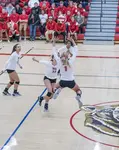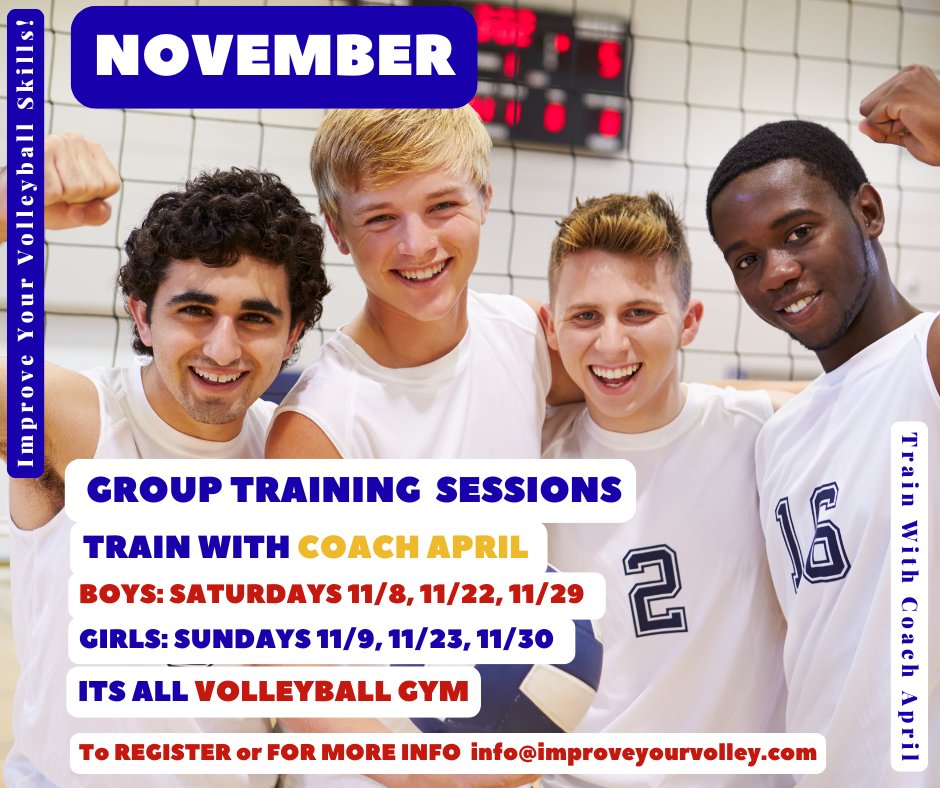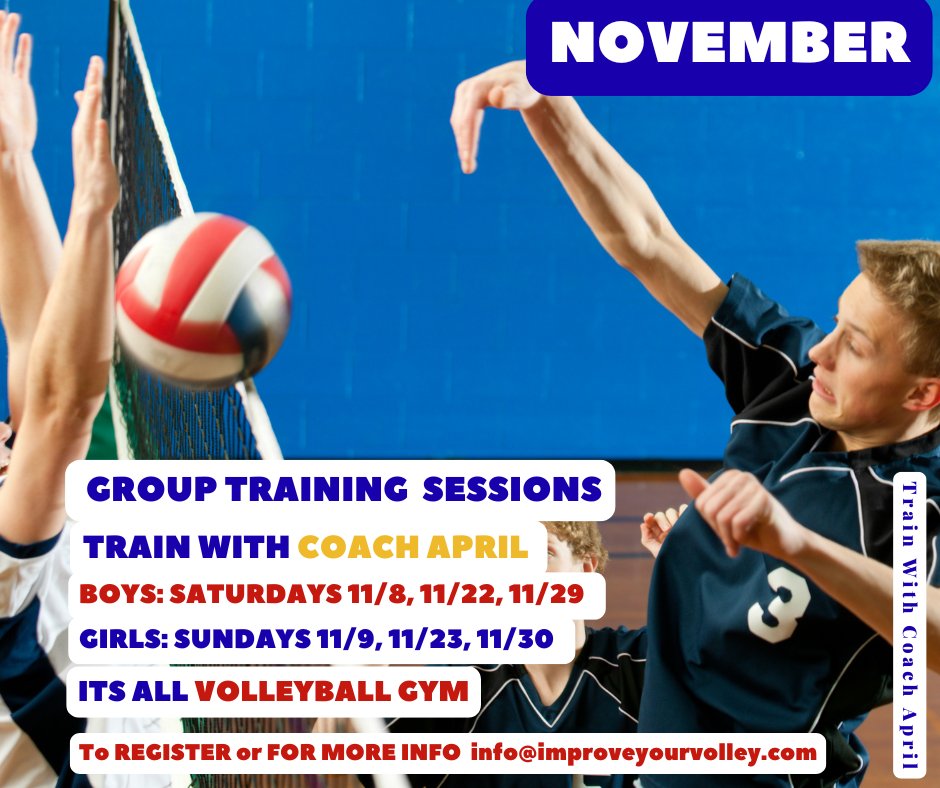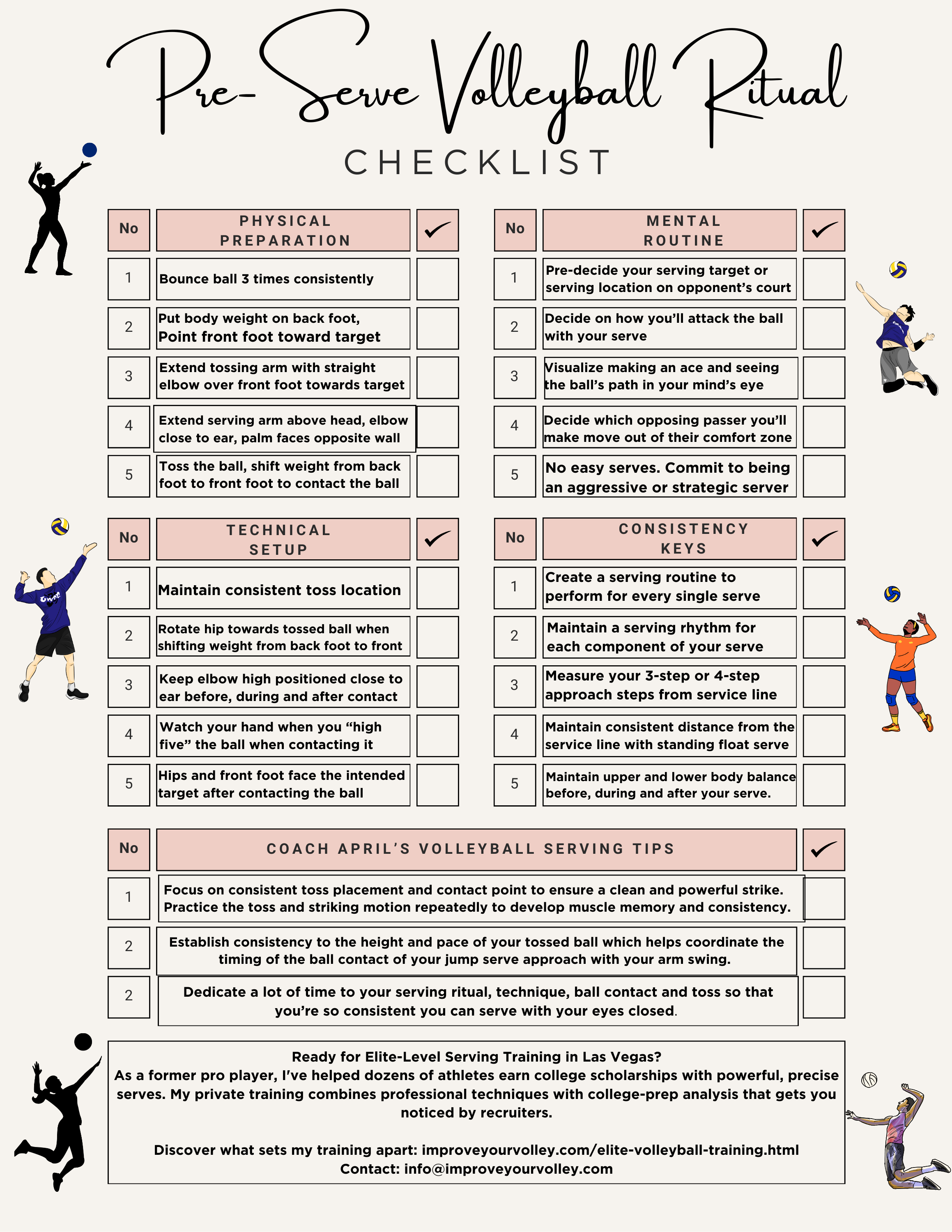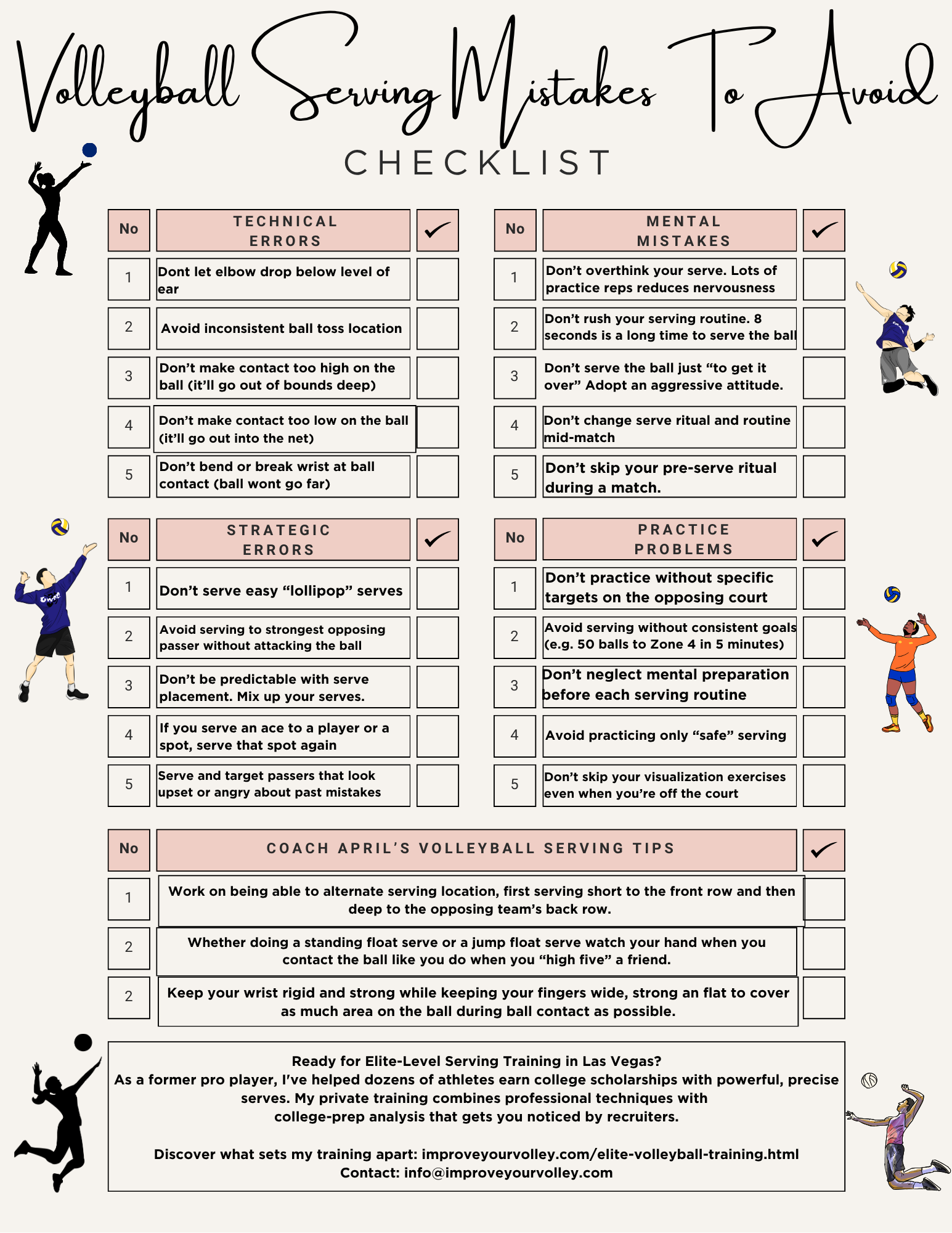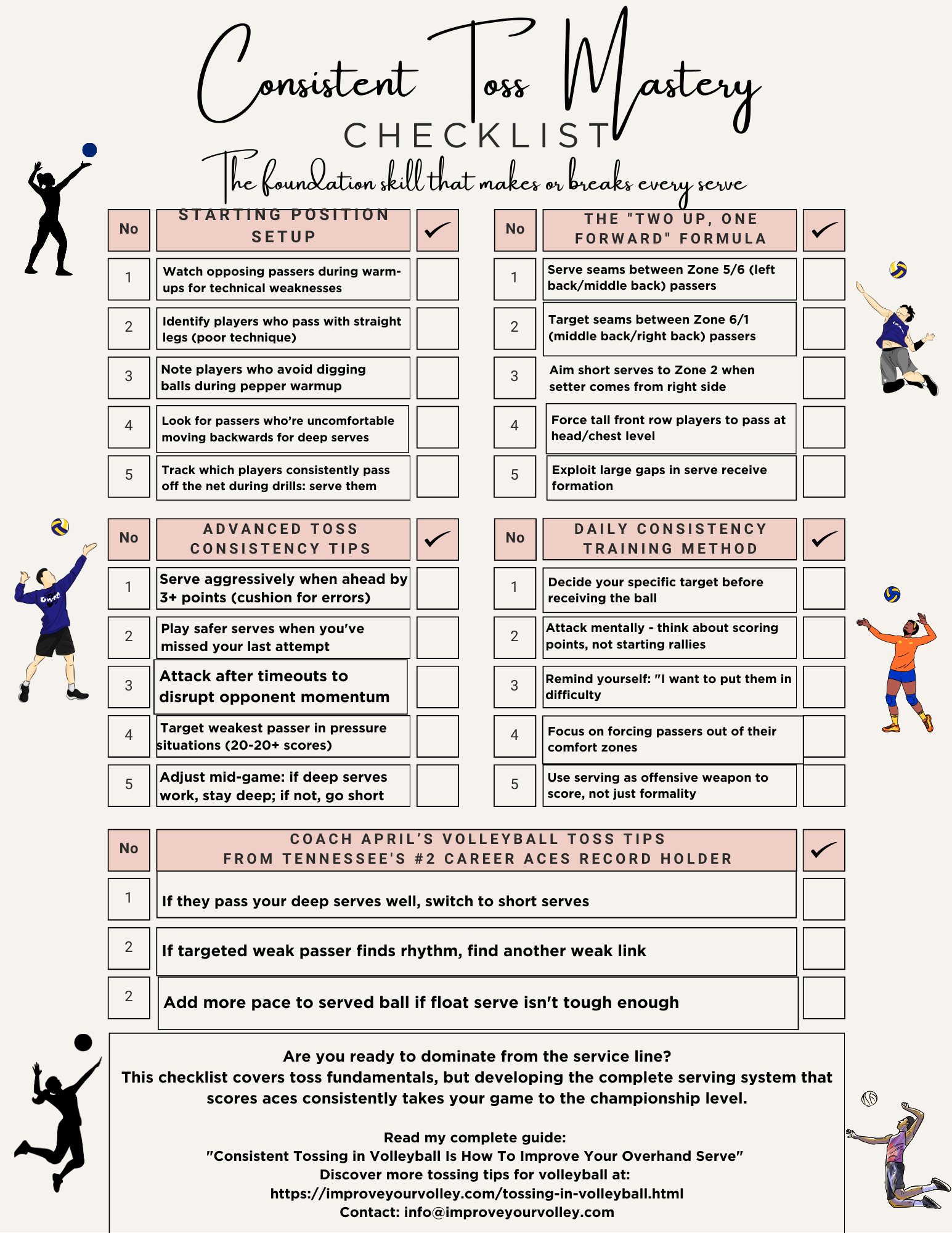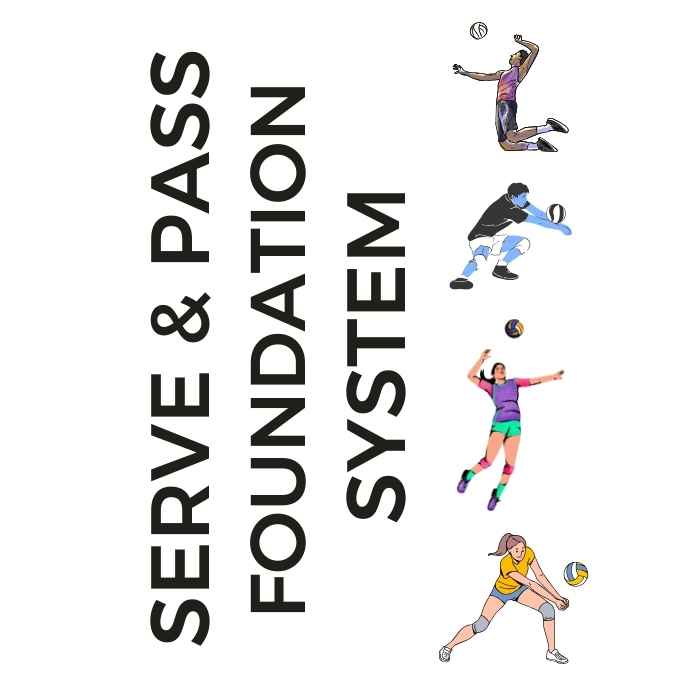
Serve + Pass Foundation System: The Complete Skills Arsenal The two-skill mastery system that transforms inconsistent players into the athletes coaches build their lineups around. Stop Struggling With The Two Most Important Skills In Volleyball!
- Improve Your Volleyball with Coach April
- Volleyball Plays
- The 6-2 Volleyball Rotation What're The Advantages or Disadvantages?
The 6-2 Volleyball Rotation What're The Advantages or Disadvantages?
If a team has two strong setters that are also strong attackers then they usually play a 6-2 volleyball rotation where both setters play opposite each other.
The 6 - 2 volleyball rotation is the simplest of volleyball offenses a team can run where two setters and 3 - 4 eligible attackers are on the court at one time.
What's The Difference Between the 6 - 2 Volleyball Rotation and the 5 -1 Volleyball Offense?
If setter one (S1) starts in zone 1 in the service position then she will serve, play defense and set while she's in the backrow.....playing opposite setter two (S2) who will start opposite her in Zone 4 and after her teammate serves switch to Zone 2 (right front) to play (block and attack) on the right side of the court.
Learn how to run a 6-2 volleyball rotation (both serve receive and service rotations) and learn what the concept of base positions of defense is.
6 - 2 Volleyball Rotation
What Happens on Defense?
Let's start in the back row and talk about the most popular position on the court which is position 1.
6 - 2 Volleyball Rotation
Right Back, Zone 1, P1
Position 1 is located in the right back area of the court.
You'll hear people say the "RB" or " go right back" which is another term for the Position 1 area.
After the referee blows the whistle, this is the area where the player who has rotated into Position 1, will step outside of the endline before putting the ball in play with a serve that sends it into the opposing team's court which starts the rally between the two teams.
Defense in Position 1
The setters and right side hitters also known as "opposites" play in the far right positions on the court in defense and offense.
When he/she's backrow in defense they play in Position 1.
When they're in the front row on defense, after her/his team serves, they will switch over to block, set and hit in Position 2.
If you are the player in zone 1 at the very start of the game, and you're on the team that won the right to serve first, then you would be your team's first server.
Then after your team wins their first point, they also win the right to serve the ball for the first time.
Since you're the player that started the game in zone 1 and you're on the team that's receiving the serve, you wouldn't be the first server, you would rotate to zone 6 and your team's first server is the player behind you that is rotating from zone 2, the right front position to zone 1 the right back position, that is your team's first server.
The other four players would also rotate--one position-sliding clockwise from one volleyball zone to the next.
The "MB" or "middle back" is one of the commonly used court terms that describes the part of the court called Zone 6.
So now you started in zone 1 but you slide over to be in zone 6.
This is how a team rotates in the backrow whether they run a 6-2 volleyball rotation, a 5-1 offense of a 4-2 offense..players move ..clockwise after their team wins the right to serve.
Do You Follow Me on Pinterest?
 Private or semiprivate volleyball indoor/sand lessons are an excellent way for young Las Vegas high school volleyball players to quickly improve their individual skills through a private or semi-private coaching experience.
These lessons are conducted by former pro volleyball player, former USA Volleyball High Performance instructor and Evaluator and Tstreet Vegas 18s head Coach April Chapple on a weekly basis.
Sign up now!
Private or semiprivate volleyball indoor/sand lessons are an excellent way for young Las Vegas high school volleyball players to quickly improve their individual skills through a private or semi-private coaching experience.
These lessons are conducted by former pro volleyball player, former USA Volleyball High Performance instructor and Evaluator and Tstreet Vegas 18s head Coach April Chapple on a weekly basis.
Sign up now!Follow me on Pinterest Volleybragswag to improve your game even faster!
I share alot of individual, partner and easy-to-do volleyball serving drills we do in class with my followers.
Many of these volleyball practice drills you can do at home by yourself or try at your next practice with your teammates.
If you're a B team or JV player trying to make varsity next year...your goal should be to complete 1000 reps a day of at least three of the basic skills on your own...volleyball passing, serving and setting should be at the top of the list.
- Improve Your Volleyball Performance with Private Volleyball Coach April Chapple ›
- Volleyball Plays Why A Setters Sets Vary In Speed, Height And Location ›
- The 6-2 Volleyball Rotation What're The Advantages or Disadvantages? ›
- Improve Your Volleyball with Coach April
- Volleyball Plays
- The 6-2 Volleyball Rotation What're The Advantages or Disadvantages?
If your athlete struggles with consistent serve receive, gets subbed out, or is overlooked for playing time—this is the fix you’ve been looking for.

Struggling with passing consistency?
I help talented passers tired of getting pulled from games because of inconsistent serve receive skills BUILD passing confidence without expensive private lessons using the same 3-step system that's helped dozens of my athletes get recruited.
Download my eBook for $17.99 and start building the passing confidence that keeps you on the court—and gets you seen by college coaches.
From Lady Vol to Legend: Coach April Produces Powerful Passionate Players...is that you?
What Are You Looking For?
Click to Download Your Pre Serving Ritual Mastery Checklist pdf:
🎯Volleyball Pre Serving Ritual Guide -
Players! Learn How To Transform Your Serve from Weak to Weapon
Click to Download Your Parent's Volleyball Serving Checklist pdf
🎯Parent's Volleyball Serving Checklist Guide
Parents! Help Your Player Develop Championship Serves (Even If You've Never Played)

Hi there!
Thanks for stopping by. Hope you learned something today that will help you reach your volleyball goals.
Be sure to subscribe to my email newsletter so you can learn more each week!
Stay strong! Stay motivated!
-Coach April

SUSCRIBE to my email newsletter below!
 Click to learn more about the weekly volleyball classes and clinics or email info@imrpoveyourvolley.com for information
Click to learn more about the weekly volleyball classes and clinics or email info@imrpoveyourvolley.com for informationCongratulations to my seven Boys-18s Vegas Volley club players who played in two state championship finals yesterday, the 3A and 5A State champinship finals at Sunrise Mountain High School.
TOURNAMENT CHAMPIONS!
A-1 Vegas Volley VBC
In It To Win It Tournament
May 2 - 4, 2025 Tournament
Gold Medalists
18s Premier Division
Vegas Volleyball's Unsung Heroes: Celebrating Moms with Peace Love Volleyball Shirts
Ready to energize your volleyball mom journey?
Subscribe to my 'Producing Powerful Passionate Peaceful Players' email list above on ImproveYourVolley.com.
You'll receive energy-boosting tips, exclusive insights from me, Coach April Chapple on maintaining momentum in volleyball.
Let's power up the Vegas volleyball scene together!
Recent Articles
-
Shop Small: Real Volleyball Training With + Results From A Real Coach
Dec 03, 25 10:30 AM
Support a woman-owned business. Get training from a former elite pro with 13+ years coaching experience. Ditch the big box store--invest in proven results. -
How to Jump Float Serve: 3 Pro Volleyball Player's Secret Serving Tips
Nov 28, 25 08:34 PM
Why do college players rely on the jump float serve? It combines power with unpredictable movement. Learn how to jump float serve like the pros in this guide. -
Use A Jump Float Serve To Create Power For An Ace Or To Start A Rally
Nov 28, 25 08:32 PM
Use the overhand jump float serve to generate a powerful serve that starts a rally after the ref blows the whistle for the player behind the service line.


